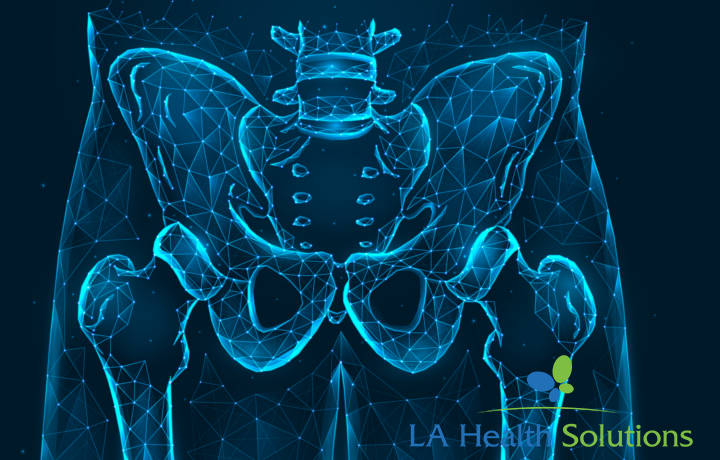What Is Sacroiliac Joint Dysfunction?
Sacroiliac Joint Dysfunction is an injury or inflammation of the sacroiliac (SI) joint which causes pain in the lower back region. The SI joint is formed by the connection of the sacrum (tailbone) with ilium (hip bone).What Is A Sacroiliac Joint Injection And How Is It Performed?
This injection is used to both diagnose and treat your low back pain caused by inflammation of the joint. To perform the injection, the patient lies on her/his stomach. The skin is cleansed with antiseptic solution and numbed with a local anesthetic. Using X-ray guidance, a need is inserted in the SI joint. To ensure the needle is in the joint, a small amount of dye is injected to confirm placement. Once the needle is in the correction location, a mixture of numbing medication and steroid is injected. This procedure usually takes 10 minutes to complete.Will The Injection Hurt?
There is some discomfort with needle insertion which is minimized by numbing the skin over the joint with a local anesthetic. You may elect to have a small amount of sedating medication to help with discomfort and to help you relax. If you elect to receive sedation, you may not eat or drink after midnight the night before the procedure, and you must bring someone with you to stay with you during the procedure and drive you home.How Long Does The Effect Last?
The effect might last a few hours to a few weeks or much longer. Pain relief in the first couple of hours after the injection is the most important as this tells the doctor that the diagnosis of SI joint mediated pain is correct. If the symptoms do return, then further options can be discussed for extended pain relief.What Is The Next Step After The Injection?
You will be given a pain log to complete after the procedure. This will help to measure your response to the injection and determine the next most appropriate plan of care.What Are The Risks And Side Effects?
Serious side effects and complications are rare. The most common problem after the injection is having pain near the injection site for a few days. The other complications are infection, bleeding and nerve injury. These complications are minimized by stopping blood thinners, using sterile technique, and fluoroscopy for x-ray needle guidance. To learn more about all of the conditions treated at LA Health Solutions, contact us HERE.
At LA Health Solutions, we pride ourselves on our multi-disciplinary facility that offers a variety of comprehensive services including interventional pain management, physical therapy and chiropractic work. Many problems that we see in our patients can be treated with the right mix of non-surgical approaches, you do not have to have surgery first to see results. Call us today and schedule an appointment 844-496-LAHS (5247).

